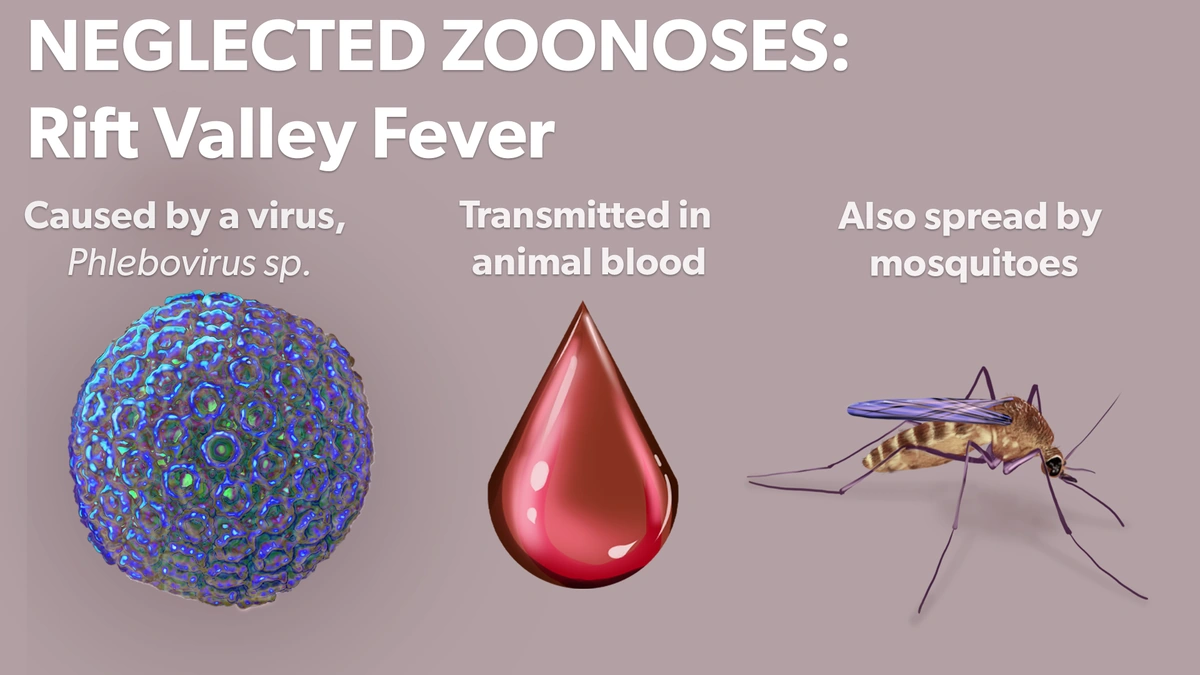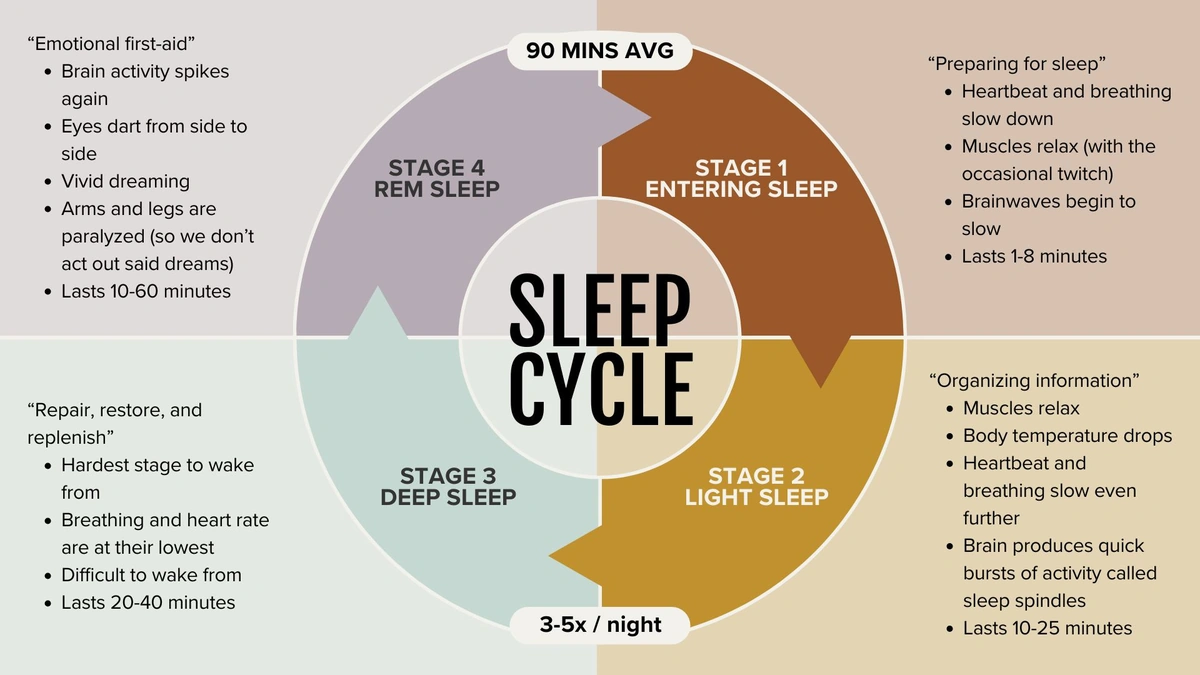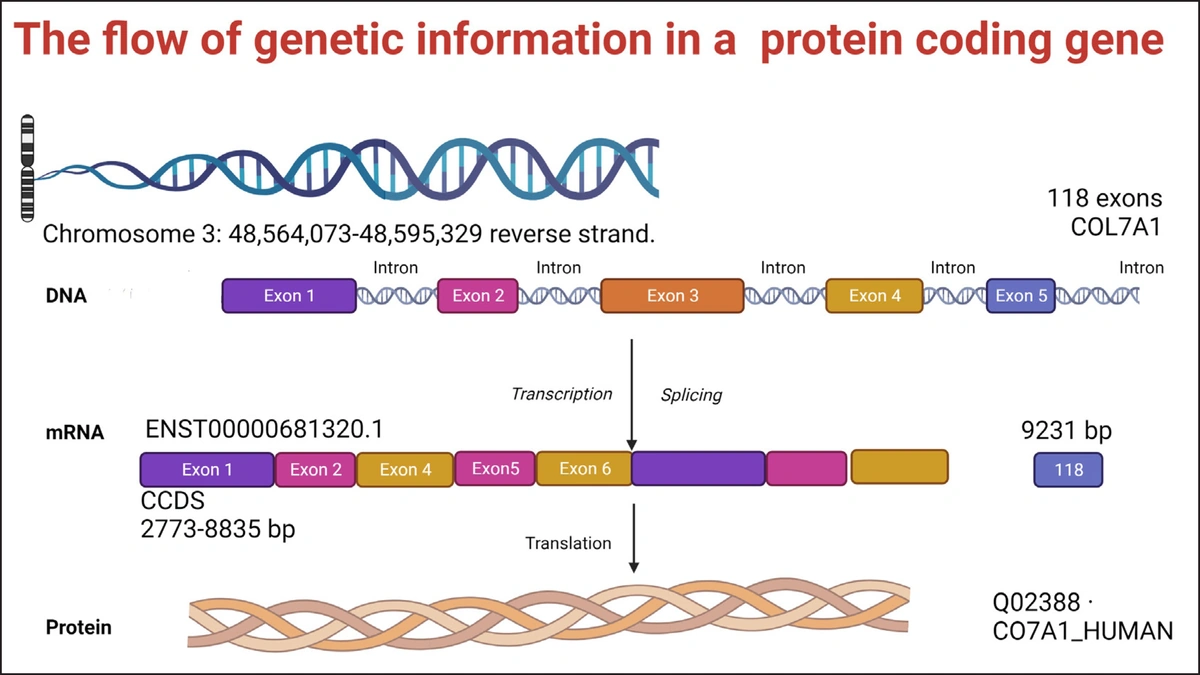Uganda’s Midwives: Fighting Postpartum Bleeding Against the Odds
Here’s the thing: Postpartum bleeding , or postpartum hemorrhage (PPH) , is a major killer of new mothers, especially in low-resource countries. We often hear about maternal mortality, but the stories behind the statistics are rarely told. Today, we’re diving deep into Uganda, where dedicated midwives are battling this deadly threat, often against incredible odds. But why Uganda? What makes their struggle so significant?
The Stark Reality | Why Uganda?

Uganda, like many countries in Sub-Saharan Africa, faces a perfect storm of challenges: limited access to healthcare, inadequate infrastructure, and a shortage of skilled birth attendants. What fascinates me is how these challenges intertwine to create a crisis around postnatal care . Many women give birth in rural areas, far from hospitals or clinics. Transport is difficult, especially during emergencies. And even when they reach a facility, resources can be scarce.
This isn’t just about a lack of doctors; it’s about everything from a reliable electricity supply to ensure proper storage of medications to having enough clean water for hygiene. Consider also the cultural factors. In some communities, traditional beliefs and practices can delay or prevent women from seeking medical help. So, the problem is not just medical, it’s deeply social and cultural.
According to the World Health Organization (WHO data ), most postpartum hemorrhages can be prevented with timely intervention. But that’s the key: timely . When minutes can mean the difference between life and death, the obstacles faced by Ugandan midwives become devastatingly clear.
The How | Midwives on the Front Lines
So, how do these midwives actually fight postpartum bleeding ? It’s a multi-pronged approach that demands resourcefulness, resilience, and sheer determination. The one thing you absolutely must understand is that midwives are often the first and only point of contact for pregnant women in these communities.
Their work starts long before delivery. They provide antenatal care, educating women about the risks of postpartum bleeding and the importance of seeking medical help. They identify women who are at higher risk – those with anemia, previous history of PPH, or multiple pregnancies. And they develop birth preparedness plans, helping families arrange transport and secure essential supplies.
During labor and delivery, midwives are vigilant in monitoring for signs of hemorrhage. They use techniques like active management of the third stage of labor (AMTSL), which involves administering uterotonic drugs (like oxytocin) to contract the uterus and prevent excessive bleeding. But let’s be honest, even with the best training, managing a severe hemorrhage in a remote clinic with limited supplies is an incredibly stressful and challenging situation. They’re required to make critical decisions under pressure, often with limited support.
After delivery, the vigilance doesn’t end. Midwives continue to monitor the mother for signs of delayed postnatal hemorrhage . They also provide essential postnatal care advice on breastfeeding, nutrition, and hygiene. They make follow-up visits to the woman’s home to assess her recovery and address any concerns. But, and this is critical, the fight against postpartum bleeding is also a fight against the systemic issues. Check out this important resource .
The Emotional Toll | Stories from the Field
Let me rephrase that for clarity: It’s easy to talk about techniques and statistics, but it’s crucial to remember the human element. These midwives are not just healthcare providers; they are lifesavers, counselors, and pillars of their communities. The emotional toll of their work is immense. They celebrate every successful delivery, but they also carry the burden of every life lost.
Imagine being a midwife in a rural Ugandan village. You’ve built trust with the women in your community. They rely on you. You know their families, their stories, their fears. And you know that, despite your best efforts, some of them may not survive childbirth. How do you cope with that knowledge? How do you keep going when you feel like you’re fighting a losing battle?
I’ve read reports of midwives walking miles through rough terrain to reach pregnant women, carrying their medical bags and their hopes. I’ve heard stories of them using their own money to buy essential supplies when the clinic runs out. What fascinates me is how they’re deeply motivated by compassion and a sense of duty.
Preventing Postpartum Hemorrhage: A Global Responsibility
The fight against postpartum bleeding in Uganda is not just Uganda’s problem; it’s a global responsibility. The one thing you absolutely must do is to advocate for increased funding for maternal health programs in low-resource countries. Support organizations that are working to improve access to healthcare, train midwives, and provide essential supplies. And, most importantly, listen to the voices of the women and midwives on the front lines. They know what works, what doesn’t, and what needs to change.
Improving maternal health outcomes also requires addressing the underlying social and economic inequalities that contribute to the problem. This means empowering women, promoting education, and ensuring that all women have access to quality healthcare services. Here you can read about infant diabetes .
Looking Ahead | Hope and Innovation
So, what does the future hold? There’s reason for hope. Innovative solutions are being developed and implemented, from low-cost uterotonic drugs to simple, effective ways to manage postnatal bleeding at the community level. Telemedicine is being used to connect midwives in rural areas with specialists in urban centers. Mobile health apps are providing pregnant women with essential information and reminders.
But the most important ingredient is the unwavering commitment of the Ugandan midwives. Their dedication, resilience, and compassion are the driving force behind the progress being made. They are the unsung heroes of maternal health, fighting postpartum hemorrhage against the odds and saving lives every day.
FAQ About Postpartum Bleeding
What is considered a normal amount of postpartum bleeding?
Normal postpartum bleeding , called lochia, starts heavy and red, gradually becoming lighter and more pink or brown over several weeks. Passing large clots or soaking through a pad in an hour is not normal.
What are the main causes of postpartum hemorrhage?
The most common cause is uterine atony – the uterus failing to contract properly after delivery. Other causes include retained placental fragments, tears in the birth canal, and blood clotting disorders.
When should I seek medical help for postpartum bleeding?
Seek immediate medical attention if you experience heavy bleeding, large clots, dizziness, blurred vision, or a rapid heartbeat.
How can I prepare for postpartum bleeding?
Discuss your risk factors with your healthcare provider. Ensure you have access to a healthcare facility and a plan for transport in case of emergency.
Is heavy postpartum bleeding always dangerous?
While some bleeding is normal, heavy bleeding can quickly become life-threatening. It’s crucial to seek medical attention promptly.
What is the role of oxytocin in preventing postpartum hemorrhage?
Oxytocin is a uterotonic drug that helps the uterus contract after delivery, reducing the risk of bleeding. It is a key component of active management of the third stage of labor (AMTSL).
The fight against postpartum bleeding in Uganda reminds us that even in the face of immense challenges, human determination and compassion can make a profound difference. The dedication of these midwives shines as a beacon of hope, demonstrating that every mother’s life is worth fighting for.













